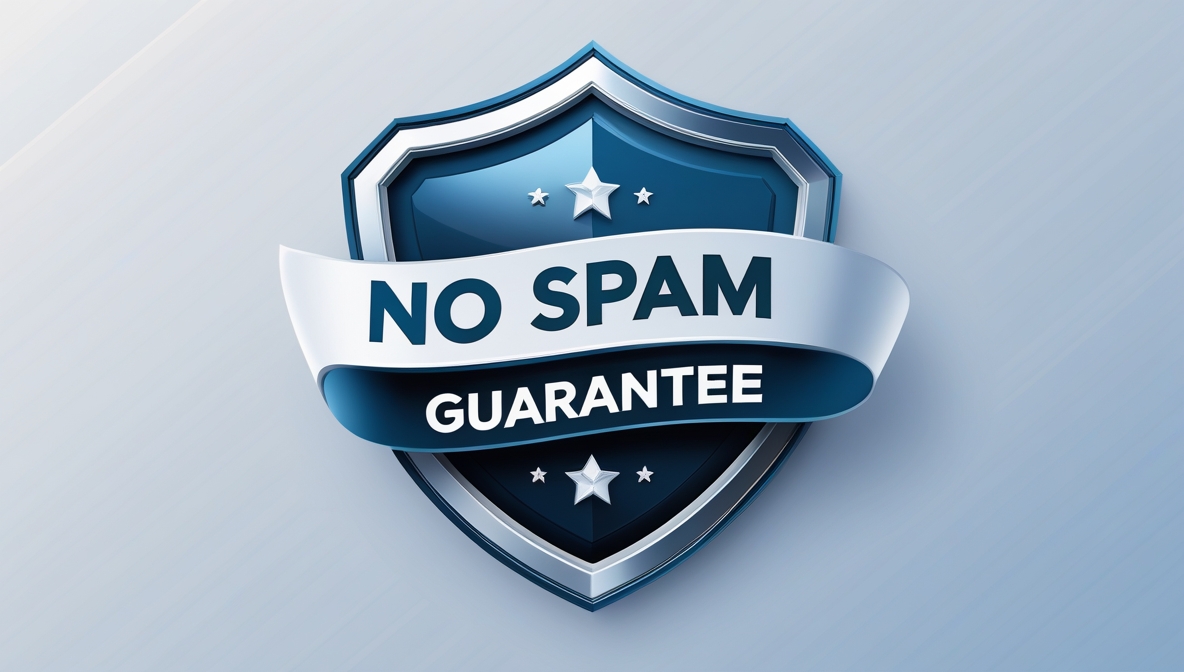This specialized guide details a rapid, structured eight-step process tailored for mid-sized enterprises aiming to tightly integrate IT strategy with core business objectives. It focuses on leveraging internal insights, maturity modeling, strategic benchmarking, and actionable roadmaps to deliver immediate business value, risk mitigation, and enhanced shareholder returns.
Developing a robust IT strategy is essential for mid-sized enterprises seeking to transform technology from a supporting function into a powerful driver of business value. Effective alignment between IT initiatives and overall business objectives remains a critical yet elusive goal for many companies. Achieving this alignment requires not only strategic clarity but also measurable actions that deliver tangible outcomes.
Many organizations still view IT primarily as an operational expense rather than a strategic enabler of business growth. Often, strategic technology planning is treated as an isolated activity, disconnected from broader organizational goals and priorities. As a result, resources are misallocated, critical initiatives remain underfunded, and technology investments fail to deliver meaningful business improvements.
When technology and business strategies fall out of sync, organizations inevitably experience financial inefficiencies, competitive disadvantages, and increased operational risks. Without clear benchmarks, transparent communication, and a shared understanding of IT’s strategic role, internal divisions emerge, hindering cooperation and creating organizational friction. In mid-sized enterprises especially, these challenges can quickly escalate, limiting scalability, innovation, and responsiveness to market shifts.
Left unresolved, such misalignments not only impact the bottom line but also erode stakeholder confidence. Leadership teams face mounting pressure to justify technology expenditures while dealing with fragmented and often reactive IT initiatives. Uncertainty regarding priorities leads to poorly executed projects, missed opportunities, and ultimately weakens the organization’s competitive standing.
The IT Strategy Development Guide addresses these challenges head-on by offering a structured and rapid eight-step approach specifically designed for mid-sized enterprises. It begins by thoroughly assessing business strategies and technology maturity through stakeholder interviews, SWOT analyses, and comprehensive industry benchmarking. The guide then helps IT leaders clearly define and prioritize initiatives using measurable Key Performance Indicators (KPIs), maturity models, and detailed investment roadmaps. By fostering internal alignment, actionable insights, and a clear strategic vision, this guide empowers organizations to swiftly realize cost savings, optimize technology investments, and measurably mitigate operational risks.
This approach focuses on:
- IT Strategy development is a call to action i.e. it results in practical and actionable plans.
- IT Strategy development is an iterative - "organic" - process that requires continuous monitoring and refinement.
- IT Strategy development is not a never ending exercise - it should take 30 to 60 days
Ultimately, utilizing this IT Strategy Development Guide transforms technology planning from a fragmented administrative task into an integral business practice. Enterprises adopting this approach consistently enhance shareholder value, foster greater organizational cohesion, and establish technology as a proactive driver of strategic success.
Main Contents
- Business Discovery and Strategic Alignment: Conduct thorough internal assessments, interviews, and SWOT analyses to understand current business conditions and strategic priorities.
- Evaluating IT Maturity and Perception: Utilize maturity modeling to objectively assess and benchmark how effectively IT supports the overall business.
- Technology Capability Assessment: Perform comprehensive IT audits, covering infrastructure, applications, human resources, and critical IT processes.
- Benchmarking and Best Practices Integration: Leverage external expertise, competitor analysis, and industry benchmarks to guide strategic technology decisions.
- Roadmap and KPI-driven Strategy Execution: Develop a prioritized roadmap with clear, measurable KPIs to drive strategy implementation, facilitate governance, and manage ongoing performance.
Key Takeaways
- Strategic IT-Business Integration: Successful IT strategies are deeply integrated into core business planning, enhancing organizational performance and shareholder value.
- Rapid, Structured Planning: A clearly defined, eight-step methodology can swiftly deliver actionable IT strategies tailored to mid-sized organizations.
- Stakeholder Alignment and Communication: Effective communication and broad stakeholder involvement are crucial for buy-in and successful IT strategy execution.
- Quantifiable Performance Measurement: Utilizing KPIs and maturity models provides clarity, accountability, and enables continuous improvement of technology initiatives.
- Risk Mitigation through Clarity: Systematic assessment, clear prioritization, and defined execution paths significantly reduce operational, financial, and competitive risks.
CIOs and IT leaders in mid-sized enterprises frequently grapple with challenges related to aligning technology initiatives with business priorities, effectively managing resources, and ensuring that IT investments deliver measurable value. This IT Strategy Development Guide serves as a practical resource to address these real-world issues, offering a structured, actionable methodology specifically designed to bridge strategic gaps and strengthen organizational coherence around technology investments.
- Align IT Investments with Business Goals:
Use this document’s step-by-step approach to directly tie IT initiatives to explicit business strategies, ensuring every investment contributes clearly to the organization's objectives. - Rapidly Diagnose Current IT Performance:
Leverage the maturity modeling and SWOT analyses provided to quickly assess and identify gaps, strengths, and opportunities within the existing IT landscape. - Clarify Strategic Technology Priorities:
Apply the document's roadmap-building techniques to prioritize initiatives based on their impact, feasibility, and measurable benefits, reducing ambiguity and misallocation of resources. - Enhance Stakeholder Communication and Buy-in:
Utilize the clearly defined KPIs and benchmarking practices outlined in this guide to communicate effectively with senior leadership, ensuring alignment and organizational support. - Mitigate Technology-Related Risks:
Adopt the structured approach for evaluating IT risks and preparing contingency plans, providing proactive risk mitigation that protects operational continuity and shareholder value.
By incorporating this IT Strategy Development Guide into their strategic toolkit, CIOs and IT leaders can systematically address key organizational challenges, strengthen technology’s role in achieving strategic business outcomes, and foster greater trust and cooperation across their enterprises.

